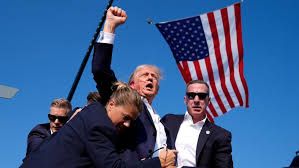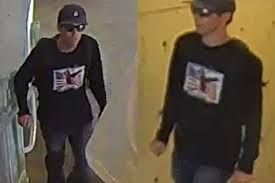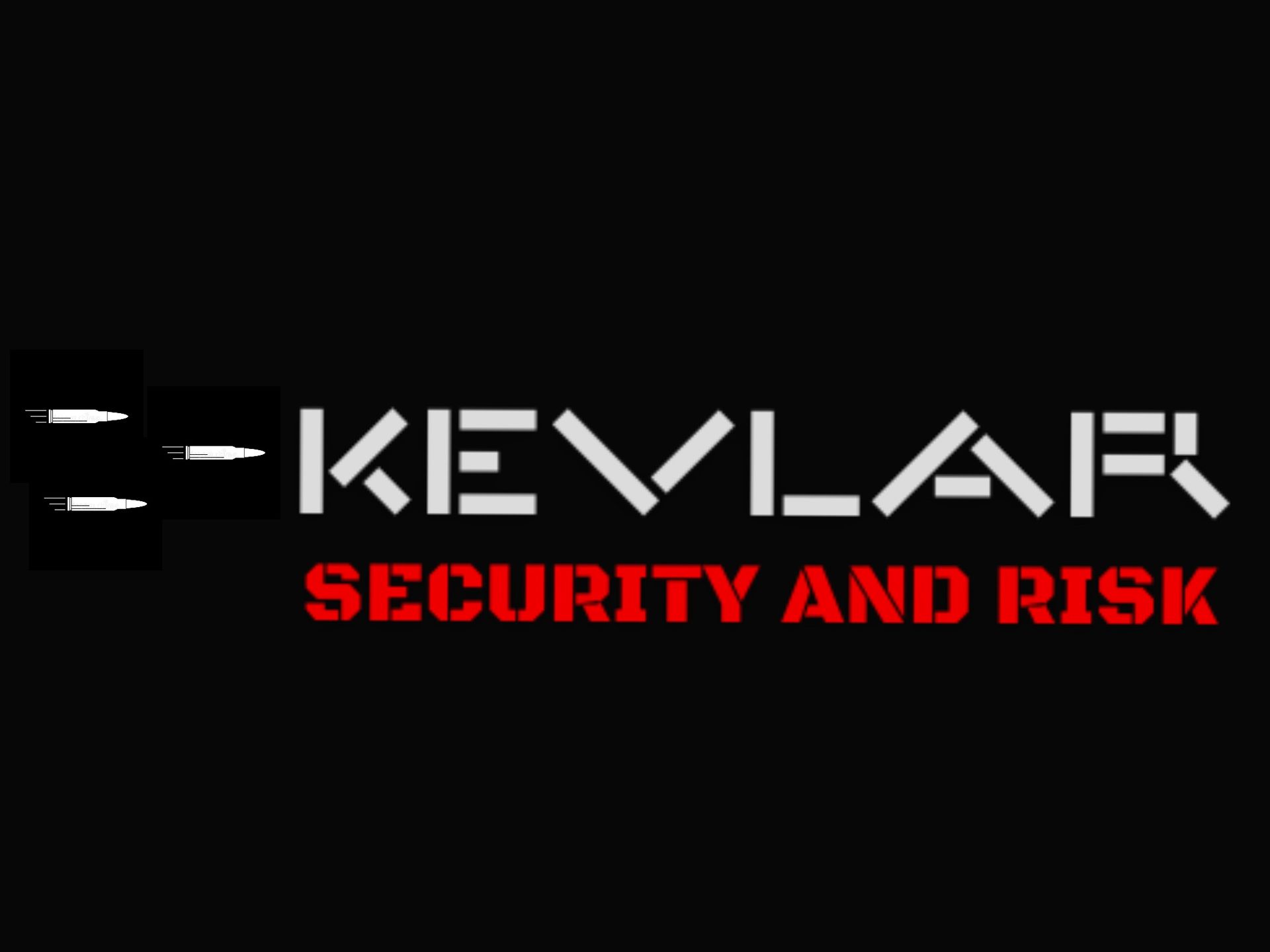The Assassination of Charlie Kirk
Introduction to High-Profile Assassinations
In contemporary times, the ongoing threats on high-profile assassinations have increased significantly. But this is not something new. When we sit down and brainstorm on what potential threats could arise related to our field, one of the tools we turn to is historic data. High profile assassination can incorporate professional planning whilst some are less professional. We have witnessed assassinations include long range rifles by professional shooters, Improvised Explosive Devices done by either ex-military personnel or individuals surfing the dark web to gain knowledge on such modus operandi.

The failed assassination on President Trump
On 13 July 2024, at a campaign rally near Butler, Pennsylvania, a shooter fired on the stage from a nearby rooftop using an AR-15–style rifle from roughly 120–150 yards (about 400 feet) away. The assailant fired multiple rounds; one bullet grazed former President Donald Trump’s upper right ear, several attendees were wounded and one attendee was killed, and the shooter was fatally shot by a Secret Service counter-sniper at the scene. After this attempt, security services rushed to shield the president and swiftly escort him to the vehicle which rushed to the hospital for immediate care.

Charlie Kirk Assassination
On July 13th President Donald Trump experienced an attempted assassination to end his life.
The mode of attack was a person with a long range weapon, calmly adjusting his position on a high position (a roof of a building) were he took his shot, luckily the president survived.
Fast forward to the 10th September 2025, whilst Charlie Kirk was making his speech about mass shooting at the University Valley of Utah a shooter fired a shot from approximately 150meters away which hit Charlie in neck, ending his life. The weapon was identified as Mauser model 98 bolt action rifle, capable enough to hit a target from a long distance.
The shooter, 22, Tyler Robinson was behind the assassination, were he positioned himself on a nearby roof, calmly taking his position, adjust his aim, and finally firing a single shot, which was a success. This sparked tensions amongst people attending the speech.
Credits: The telegraph

Catching the perpetrator
After the shooting, there was a lot of tension and confusion amongst people who attended the Kirk's speech.
Immediatley security entities rushed in trying to catch the perpetrator. An old man was taken into custody as it was thought that he was the mastermind behind the assassination. After investigations from law enforcers, it was resulted that the man in custody was not the person of interest. This has led to a more complex manhunt by the FBI and local law enforcers.
The main smoking gun for law enforcers were CCTV recordings covering the surroundings of the University. Recordings have showed a male suspect fleeing from the roof of a building, dropping of a height to the ground, and fleeing away from the scene. Investigators have tracked his trail, which later showed the same person limping (because of the drop). Law enforcers than decided to publicly share a photo captured from CCTV of the main suspect.
This have led that the suspect's father (former law enforcer himself) have turned his son Tyler Robinson to the police for further investigations, which resulted that Robinson himself was the man behind the attack.

How could have things been mitigated.
On July 13th President Donald Trump experienced an attempted assassination to end his life.
The mode of attack was a person with a long range weapon, calmly adjusting his position on a high position (a roof of a building) were he took his shot, luckily the president survived.
Fast forward to the 10th September 2025, another shooter again calmly took his position from approximately 90 meters away on a building and took his shot. Unfortunately this time he succeeded, and ended the life of Charlie Kirk.
This modus operandi was not something new for the United States, how come security neglected the surrounding roof tops? How come there were no security patroling and surveiling the area? This could have been avoided.
Risk management - Risk have to be considered in every step of the process, in everything. It has to be culturally infused in organisations whenever a decision is going to be taken. When considering potential risks, one of the tools that can be used to identify potential risks, is historical data. Hence, why, in the case of Charlie Kirk, there are multiple historic data showing previous Political assassinations, data showing the modus operandi (long range weapon shooting), perpetrators executing their plan from roofs. From there, we can identify what could potentially happen in the future and exercise measures and controls to mitigate such risks.
So, what could have been done to prevent Charlie Kirks's assassination?
Using Drone technology for arial footage
Drones can be considered as a useful kit to surveil surroundings, in this case ongoing drone footage could have been used to continuously surveil rooftops, which could have identified beforehand suspicious activities.
Security roaming the perimeter
Physical security patrolling the area is paramount. Not only patrolling the area serves as a form of deterrence, but properly trained security guards, can detect suspicious behaviour, and moreover, trained security guards would know critical areas to patrol to prevent catastrophies. Patrolling outside areas, rooftops, and can even engage with the public for any suspicious activities or behaviours.
Law enforcement snipers
When you have a politically exposed person or a VIP engaging in activities in urban areas, it is paramount to have law enforcement snipers on rooftops to cover the surrounding areas for any potential perpetrators. Such snipers could detect any suspicious behaviour from a distance.
Risk Based Decisions
From a security perspective, political assassinations demonstrate why risk-based decision making is essential. Public figures often operate in unpredictable environments where threats range from lone actors to coordinated attacks. By assessing likelihood and impact—rather than reacting on instinct or assumption—security teams can allocate resources where they matter most: securing vulnerable perimeters, monitoring high-risk zones, and deploying surveillance or patrols strategically. This structured approach ensures that protective measures are proportionate, resilient, and adaptable, reducing the chance of preventable tragedies while maintaining operational continuity and public confidence.
